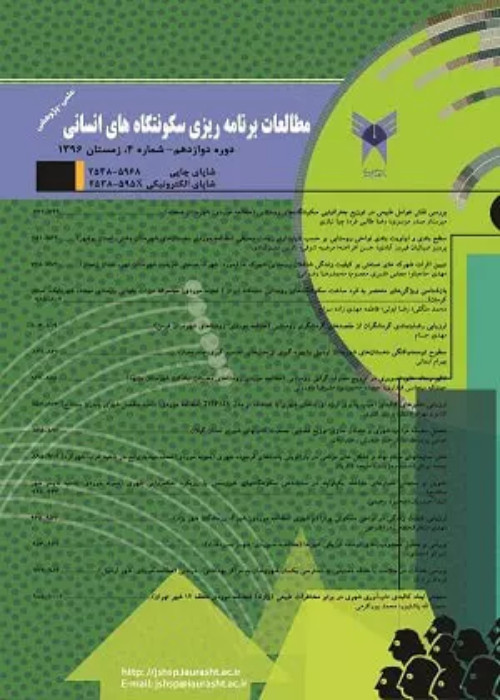Explaining the anthropological components of historical houses in the eighth region of Tabriz
The main axis of this research deals with the method of creating and developing architecture based on the qualities that respect the relationship with space and the way of human life under the influence of light and color, instead of using criteria such as dimensions and size. How does natural colored light affect improving the psychological performance of housing? What are some ways to help reduce people's stress? It seems that the use of colored glass in homes can have a positive effect on people and psychology. Also, the use of colored glass in the residence can reduce stress and anxiety caused by the external environment.
The current research aims to explain the anthropological components of historical buildings with an analytical approach in three neighborhoods of Tabriz's barou area; Maghsodieh, Sorkhab, and Sheshgolan with the valuable concepts of anthropology and psychology of light and color of the second Qajar period of Tabriz.
The present research was done with the descriptive-analytical method. The research approach is a combined approach with a sequential strategy (qualitative-quantitative). Necessary data were obtained with the researcher-made questionnaire, observation, and semi-structured interviews. The statistical population of the research was the 8th urban area of Tabriz, which had 123 residents and was questioned as a whole. Data analysis was done using the factor analysis method.
Studied Areas:
The geographical scope of this research is the historical houses of Tabriz city.
The findings indicate that the transmissive surface (72%) of the sash crown is in order from more to less with red (14%), blue (12%), green (11.5%), and yellow (4.5%) colors. %), it is covered from the top to the bottom, but the combination of red color with other colors has balanced the effects of this color to a great extent. The survey of residents and experts and the findings of the analysis of the confirmatory factor have been such that the purpose of organizing spaces such as two-door, three-door, five-door, and two-door in the Qajar houses of Tabriz as well as elements such as sashes and mirrors according to the characteristics of light and Color has been the symbolic identity of light, meaning, excitement, visual continuity, spatial diversity, landscape, etc.
As a result, the important characteristics of light and color by the method of factor analysis in 6 readability factors with a share of 12.869, desirability 11.8, pleasantness 11.4, spirit and mood 10.7, adaptability and flexibility 9.9 and interaction 6.3 The interior spaces of historical houses were explored and presented in the form of proposed models.
- حق عضویت دریافتی صرف حمایت از نشریات عضو و نگهداری، تکمیل و توسعه مگیران میشود.
- پرداخت حق اشتراک و دانلود مقالات اجازه بازنشر آن در سایر رسانههای چاپی و دیجیتال را به کاربر نمیدهد.




